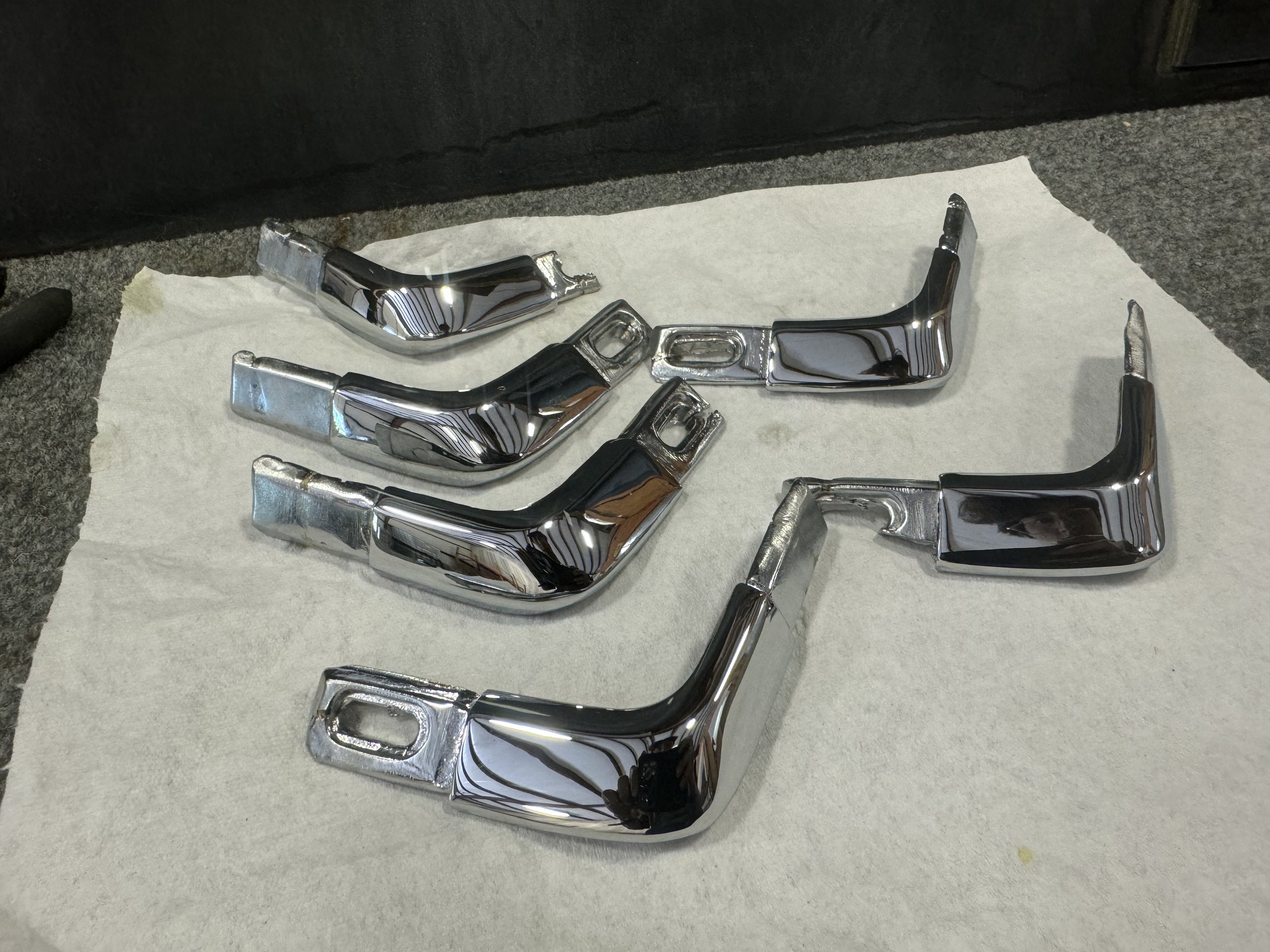How to maintain chrome
How to Maintain and Care for Chrome-Plated Parts
Chrome plating adds a beautiful, high-shine finish to automotive parts, motorcycle components, and household fixtures. However, to keep chrome looking its best and prevent damage, regular maintenance is essential. In this guide, we’ll cover the best ways to clean, protect, and preserve your chrome-plated parts for years to come.
Why Chrome Maintenance Matters
Chrome is highly durable, but it’s not invincible. Without proper care, it can develop rust, pitting, or discoloration over time. Regular maintenance helps:
- Prevent corrosion and rust
- Maintain the mirror-like shine
- Extend the lifespan of plated parts
- Preserve the value of classic and custom vehicles
Step-by-Step Guide to Cleaning Chrome Parts
1. Remove Loose Dirt and Dust
Start by rinsing the chrome surface with water to remove dust and debris that could scratch it during cleaning.
2. Use a Mild Soap Solution
Mix warm water with mild dish soap and use a soft sponge or microfiber cloth to clean the surface gently.
3. Tackle Stubborn Spots with Vinegar or Baking Soda
If you notice water spots or light rust, a mix of white vinegar and water or a paste of baking soda and water can help lift the stains. Apply gently with a soft cloth, then rinse.
4. Avoid Harsh Chemicals and Abrasives
Never use steel wool, scouring pads, or harsh cleaners, as they can scratch the chrome and cause permanent damage.
5. Dry Thoroughly to Prevent Water Spots
After washing, use a clean microfiber cloth to dry the chrome completely and prevent water spots from forming.
Protecting Chrome from Damage
Apply a Chrome Polish or Wax: Using a high-quality chrome polish or automotive wax helps create a protective barrier against moisture and contaminants.
Keep Chrome Dry: If chrome parts are frequently exposed to rain or humidity, wipe them down regularly to prevent rust from forming.
Use Rust Inhibitors: For extra protection, especially on older or outdoor-exposed parts, apply a rust-prevention spray.
Common Chrome Problems and How to Fix Them
Rust Spots: Light rust can often be removed with aluminum foil dipped in vinegar or cola. For severe rust, professional re-plating may be necessary.
Pitting: Pitting occurs when rust has penetrated the chrome surface. Minor pitting can be polished out, but deep pitting may require refinishing.
Peeling Chrome: Once chrome begins peeling, re-plating is usually the best option. Avoid further damage by keeping the area clean and dry until repairs are made.
Final Thoughts
Proper chrome maintenance doesn’t take much time, but it makes a big difference in keeping your parts looking like new. By following these steps, you’ll preserve the shine and integrity of your chrome-plated surfaces for years to come.
Need professional help restoring or re-plating your chrome parts? Contact us today to learn more about our expert chrome plating services!
